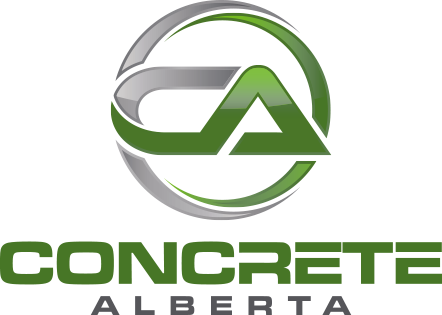Transit Mix ("dry batched" or "truck mixed") Concrete
In transit mix concrete, all of the raw ingredients are loaded directly into the truck mixer. No plant mixer is involved. Some or all of the mixing water is usually introduced at the plant. The mixer drum is rotated at charging speed during loading.
There are three methods for mixing concrete in a truck mixer:
1. Concrete can be mixed at the jobsite. The materials are batched into the truck mixer and hauled to the job site with the drum rotating at slow, agitating speed. After arrival at the site, the concrete is then completely mixed by the mixing truck. This method has been used traditionally on longer delivery times, but with the recent advent of new set control admixture systems, this method is gradually falling out of favour.
2. Concrete can be mixed in the yard. This is the most common way to mix concrete produced at a transit mix plant. The drum is turned at high speed for about 70 revolutions, at 12-18 revolutions per minute, before driving to the construction site. By completing the mixing in the yard, this procedure allows the batch team to check and adjust the slump and air of the batch, if required, before leaving the plant. The concrete is agitated slowly while driving to the job site.
3. Concrete can be mixed in transit. The drum is turned at medium speed while driving to the job, and then slowed to agitating speed. This saves fuel, drum wear and over-mixing of the concrete. However, it does not allow the operator to check the load completely before leaving the plant.
Central Mix Concrete
Central mix concrete plants include a stationary mixer that blends the concrete materials prior to discharge into the truck mixer. The truck mixer is used primarily as an agitator when the concrete is centrally mixed. Non-agitating haul units such as dump trucks may be also used to deliver concrete (usually relatively short distances) from a central mix plant. The main advantages of central mixing include faster batching and reduced wear of the truck mixer drums. However, central mix plants can be more expensive to purchase and maintain than transit mix plants.
Shrink Mix Concrete
Shrink mix concrete is partially mixed in a central mixer and then charged into a truck mixer, where the mixing is completed. The truck mixer is turned at high speed while charging the concrete. Mixing can be completed at the plant or at the job site. The number of revolutions needed to complete the mixing of shrink mix concrete in the truck mixer varies depending on the size of the central mixer vessel and the duration of mixing or co-mingling of all of the ingredients (often less than 90 seconds), but generally about 30 turns of the mixer truck drum produces mix uniformity throughout the load.
